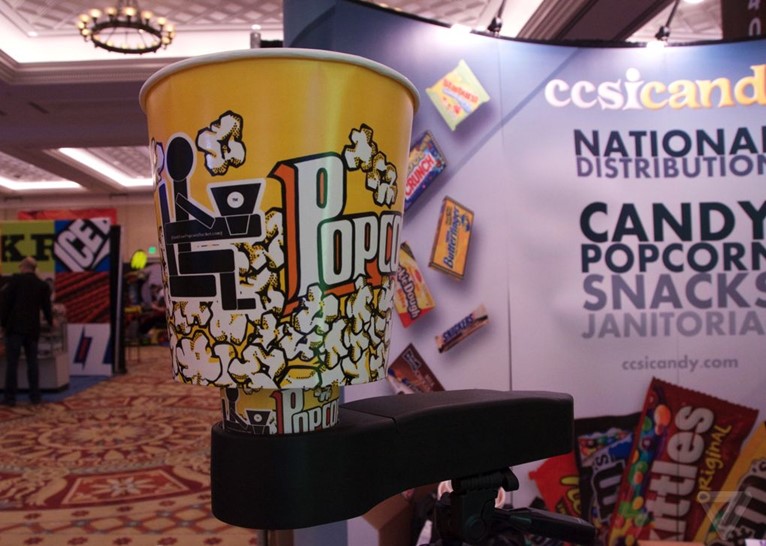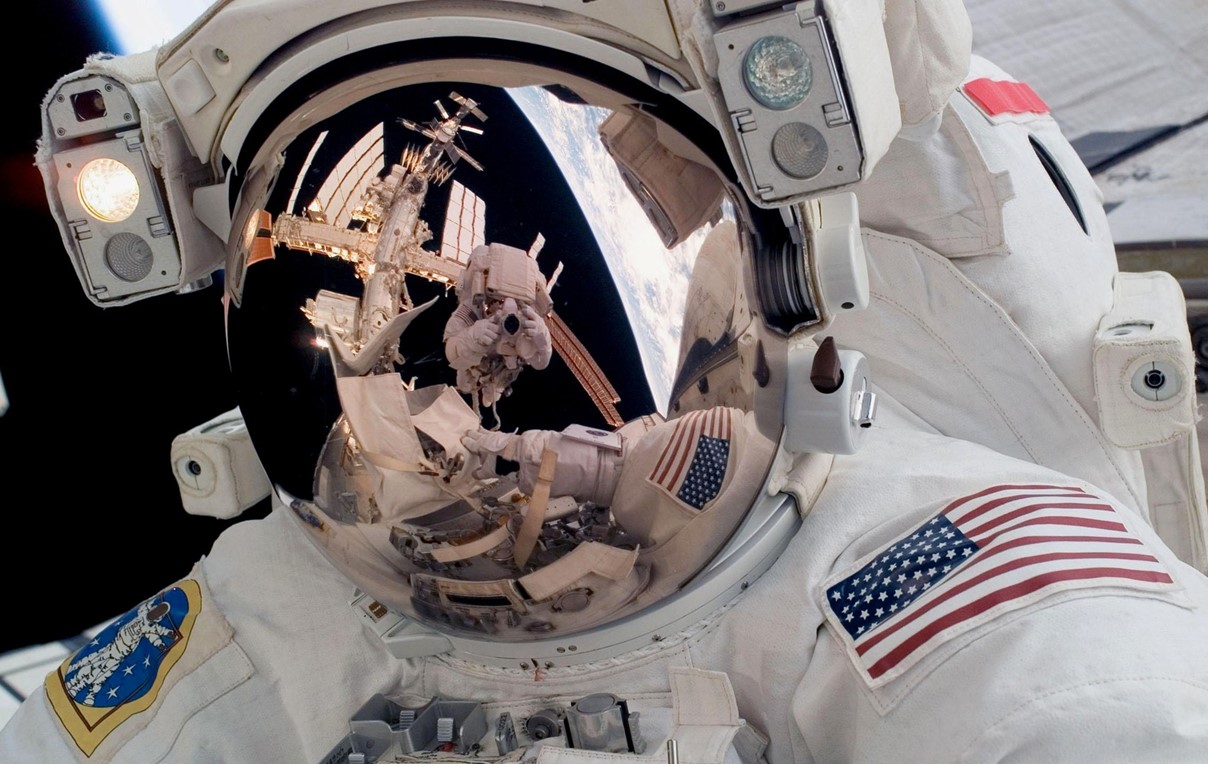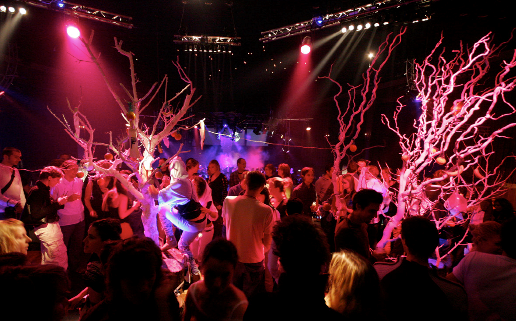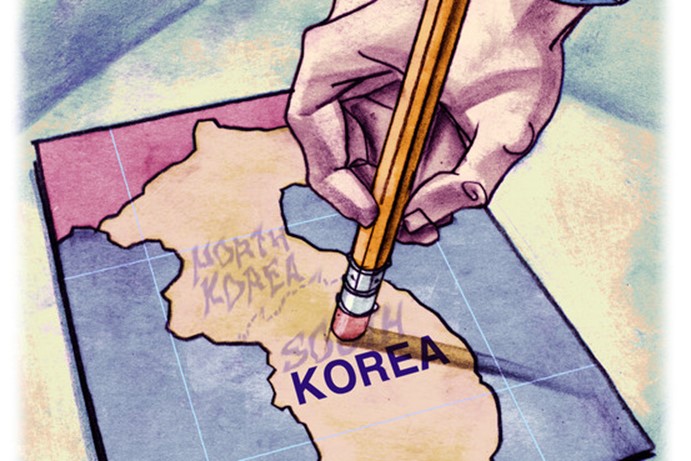The Future Of Movie Theater Food
April 17, 2016 in Daily Bulletin

Bryan Bishop visited the CinemaCon convention and featured some of the ideas that movie theaters are considering for our snacking future:
- “Walking tacos” are bags filled with nacho chips, with the bag acting as the taco ‘shell’. You open the top of the bag lengthwise then pour on toppings such as melted cheese.
- Extra-large popcorn containers that can fit into your movie theater cup holder for easy sharing (pictured) are planned.
- Robotic popcorn machines that don’t require as much human intervention are being developed.
- Shots of concentrated flavours that can add a tang of cherry to your drink may soon be offered.
- Frozen sodas (“Icees”) are popular in the theater but patrons are usually limited to one flavour. Self-serve mix and match options are being considered.
- It’s not all obesity inducing decadence. Theaters are considering offering lightly salted edamame as a healthy alternative.
Read more, and see pictures here.
Source: The Verge









Join the Discussion! (No Signup Required)